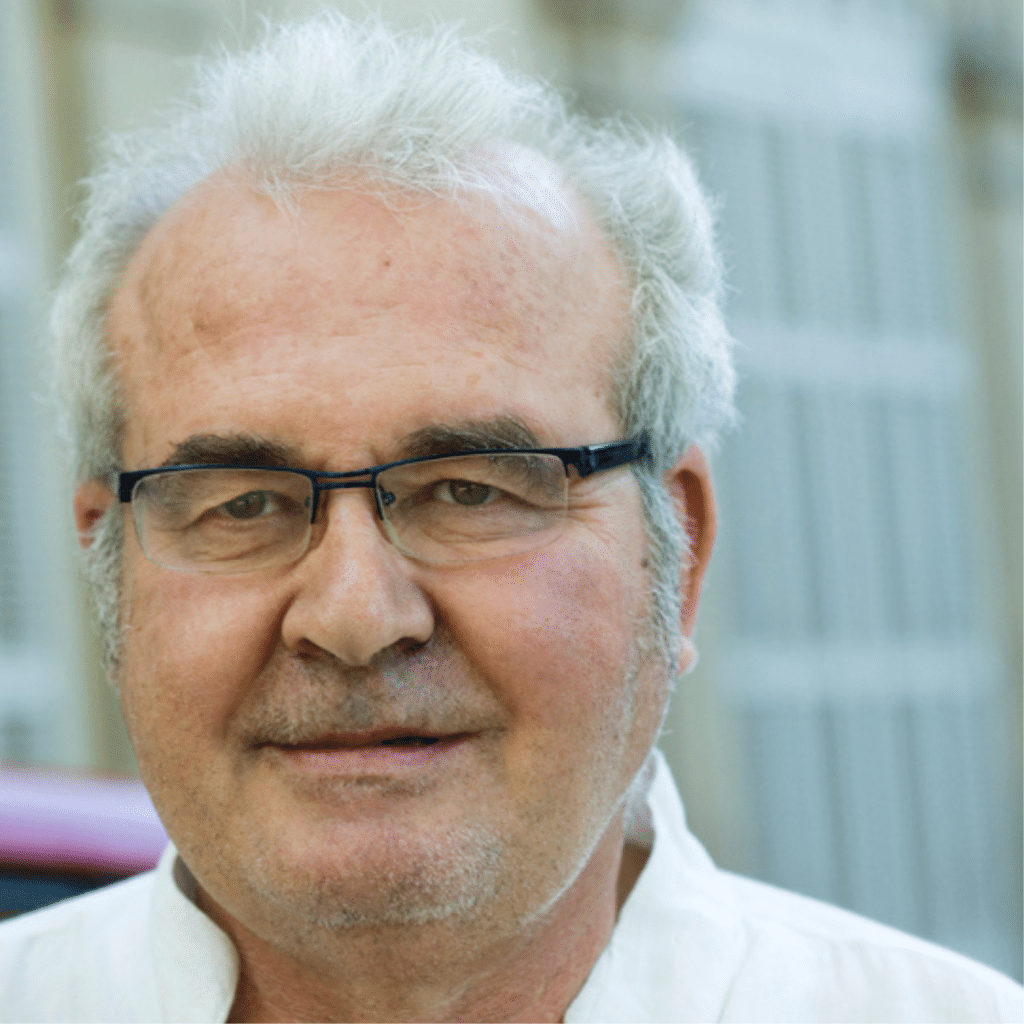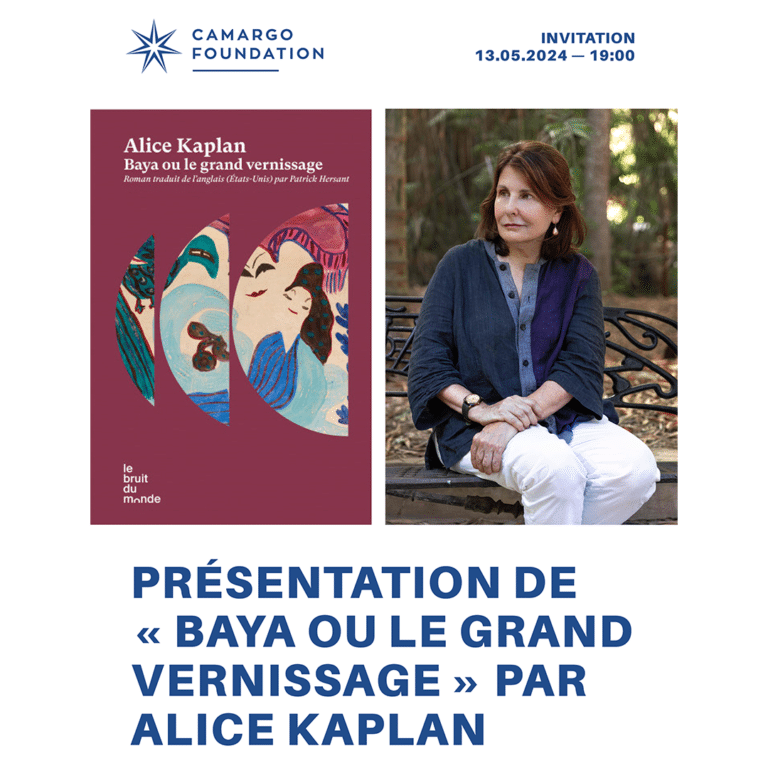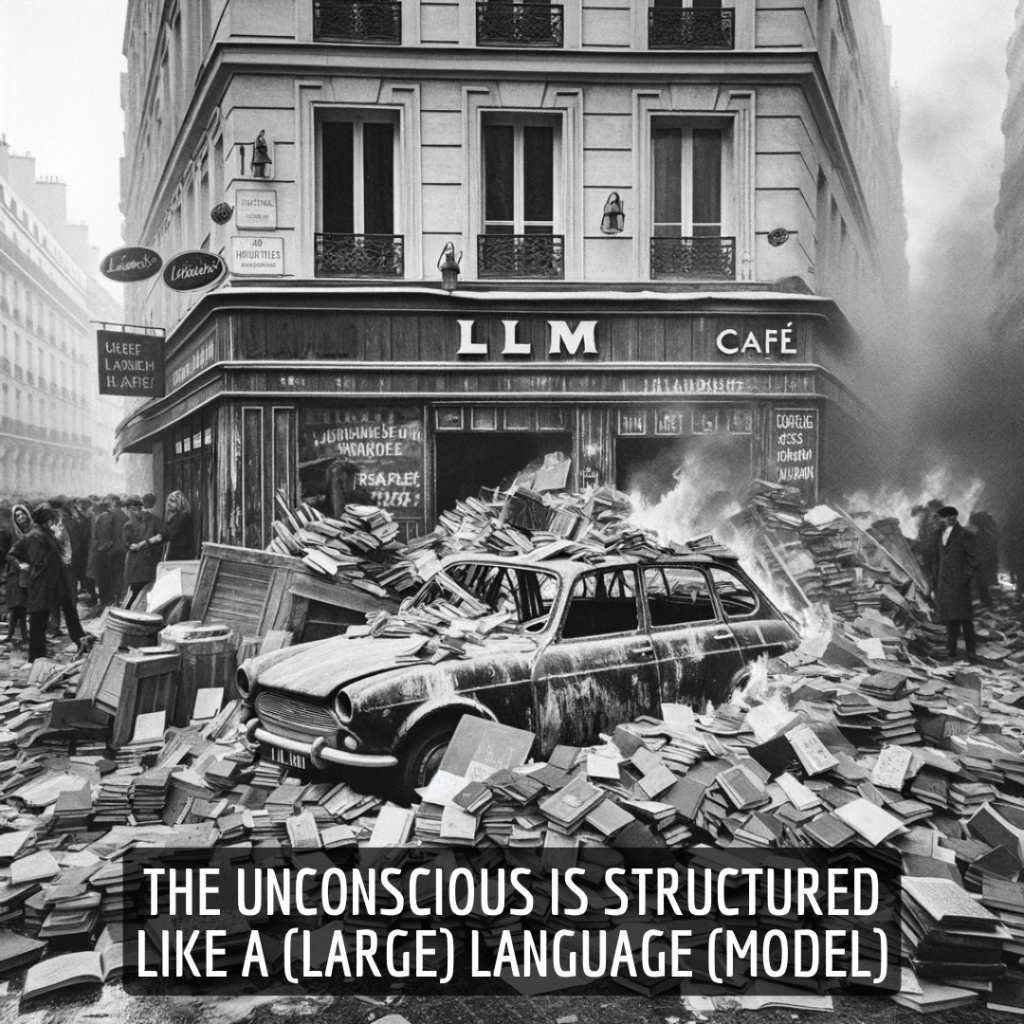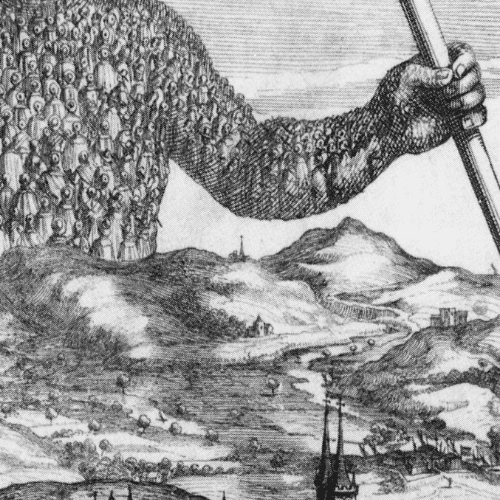
At the request of Raouf Boucekkine, I put here in writing the reasons which led me, on Wednesday April 18, to react very (too) strongly to his announcement of the celebration of the ten years of Imera for next fall.
It is necessary to put it into perspective: since 1974 there has been a High Committee for national “celebrations-then commemorations”, which was the subject of multiple frictions until the recent resignation of ten of its twelve members when the Minister of Culture struck off a stroke of the pen the desired commemoration of the 150th anniversary of the birth of Charles Maurras, an “affair” preceded in 2011 by a violent controversy around L.F. Céline.
To commemorate, everyone agrees, is neither to celebrate nor to celebrate, and if the date is a matter for the archivist, the orientation is a matter for the historian and the decision a matter for politics.
Even anniversary dates – a priori simple – pose a problem: if we have to take a raw fact as a reference, how can we isolate it?
This is the question that every child asks (and one that continues to torment everyone as they get older): I am ten years old but I am in my eleventh year!
(should I say that I am 68, 69 or 70, a strong social marker?)
Back to our case:
1) For institutions, things are still infinitely more complex and subjective. Let me explain: in the case of a building, the reference is that of its official inauguration; the commemorative plaque (precisely!) proves it. We will therefore celebrate the tenth anniversary of Iméra in 2025, ten years after the official inauguration. Unless we remember 2023 (ten years of the Iméra University Foundation). Or 2021, commissioning of the old building called Maison des astronomes, which has not been officially inaugurated out of pure superstition on my part: I did not want to obliterate the rest of the work – which has nevertheless been delayed – and I preferred to the tricolor ribbon a debate on space-times, markers of the interdisciplinary ambition of Iméra. To the great displeasure of J.P. Caverni and B. Morel but with the amused smile of rector J.P. de Gaudemar, a skeptical spectator of our adventure.
2) The adventure is indeed longer and it began in 2006, with a small group of colleagues seduced by the concept of IEA, launched in 1999 by Maurice Aymard, Alain D’Iribarne and Alain Supiot, on his return from Berlin . It was this small group led by Bernard Morel and myself that negotiated the land at Longchamp, the inclusion, thanks to Michel Vauzelle, in the construction financing plan contract, leading in 2007 to the application made by the MMSH to the competition for RTRA (Thematic Networks for Advanced Research) under the generic title of RFIEA – French Network of Institutes for Advanced Studies, selected by the Ministry and whose statutes were negotiated step by step in Paris during the last quarter of 2007, me- same (physically carried by Emmanuel Girard-Reydet, just detached from the direction of the CNRS) speaking in the name of the Iméra, then constituted as an association of prefiguration.
The same was true of the RFIEA, then chaired by O. Faron, director of the ENS de Lyon, before he was replaced by J. Commaille, of the ENS de Cachan. The RTRA having been “colored” SHS, the presidents were carefully chosen in these disciplines. For my part, combining my teachings, the MMSH, the Imera and my disability, I let the network settle first in Lyon and then in Paris.
3) 2008 was therefore the first year of operation of the RFIEA, that of its temporary installation in the temporary premises of the IEA in Lyon then in Paris, with a director selected following an international call for tenders (among the candidates was even a pseudo Russian banker straight out of a novel by John Le Carré) and that of the expertise of the scientific council of the city of Paris (I took part in it as a consultant at the request of the ministry), which released the mansion on the Ile Saint-Louis where the Paris IAS is now located.
In short, in 2018 we mark the tenth anniversary of the RFIEA!….
4) As far as Marseille is concerned, 2008 was just as important. It began on January 3 with a meeting of the City departments, where the transfer to the State of the land of the former Longchamp observatory to Imera was recorded, and continued with the systematic implementation of the agenda built up throughout 2007 by what was called the prefiguration committee, which became the management board and then the scientific coordination board. There are fairly detailed minutes of these meetings written by L. Escande, now an inspector of National Education, and then PRAG at U 1, the specifications for the construction for the architectural competition in two phases ( House of astronomers then building 70 and “Cube”). A first “resident” was arbitrarily chosen in the person of Raed Bader, a Palestinian historian who did his thesis under my supervision, but also the recipient of the Fernand Braudel prize from the Fondation Maison des sciences de l’Homme in Paris, now director of the Bir Zeit University Center for International Relations Studies. The dominant SHS must have been dominant due to the constraints of the RTRA, but the largely multidisciplinary affirmation was affirmed through the public meetings set up in November 2007 thanks to T. Fabre in the meeting room of the Alcazar library around of the theme “Emerging from the crisis” and thanks to weekly meal-debates.
5) This dynamic was confirmed in 2009 with a real call for tenders launched by an international scientific council (in charge, according to the statutes of the RTRA, of the selection of residents to ensure the independence of recruitment!!!).
The operation had then become both irreversible and visible before crashing in 2010 on the forced cancellation of the launch symposium planned in Cerizy on the “human dimension of science”, for which we were victims of a real fraud and forced to cancel everything at the last moment (the person in charge of logistics having in fact prepared nothing and Cerizy being closed).
But the essential was done: the presidents of the three universities were involved in the Association; the restoration of the House of Astronomers was beginning and the scientific council was both controlled and stabilized by the presence of a local vice-president representing the board of directors (J .P. Sivan).
6) Finally, the first year of so-called normal operation was 2011-2012. It fell well. The three universities merging we were able to free ourselves from the initial constraints of the RTRA that the RFIEA had made forget.
On December 31, 2012, the association was officially dissolved, opening the door to the creation of a university foundation. The new Imera could be born.
What to celebrate in 2018? The tenth year of our presence at Longchamp?
I would have seen no difficulty there if the excessive ambition that I pleaded with Roger Malina and Bernard Morel before the president of the PACA region as well as before the mayors of Marseille and Aix had been crowned with success. Longchamp will be the Palo Alto of Marseilles, we said playing on words, while specifying that we were not seeing the inventions of Bill Hewlett or those of Steve Jobs but (barely more modestly) the Mental Research Institute of Gregory Bateson which, in 1968, received Edgar Morin (cf. “Journal of California”) and allowed him to develop his thesis on complexity. Attached to Stanford University and Santa Clara County, MRI started small and took nearly two decades to find its footing. This is why R. Malina forged ties with the San Francisco Exploratorium which we strengthened during Marseille 2013, but which I was neither able nor able to maintain.
Aix-Marseille University held its place in the case and played the game financially – which was not self-evident.
Imera, for its part, has found a place that was not obvious just three years ago, and the recognition deficit is on the way to being completely filled.
It remains to be seen what we want, if not to celebrate, at least to celebrate. I hope that the perspective that I have just carried out will be able to contribute to this.
I am not a good archivist. For my part, 2008 is offered to me every day in the form of a red cabin trunk (purchased on January 15, after confirmation of the transfer of the land by the mayor), in which I crammed until my departure for Montpellier drawings, notes and reports: it was a question of physically marking – by this familiar presence – my desire to bring this trip to an end…
Today this trunk is the treasure chest of my grandchildren when they arrive at the Mas.
Robert Ilbert



